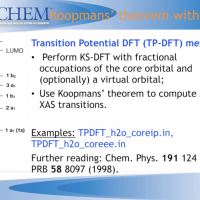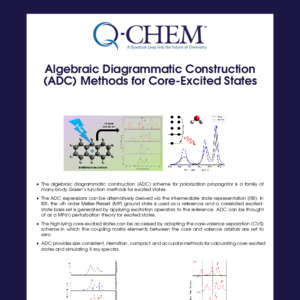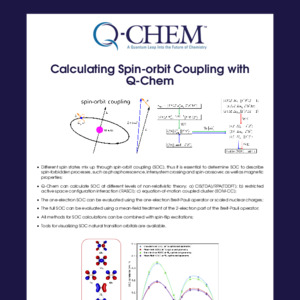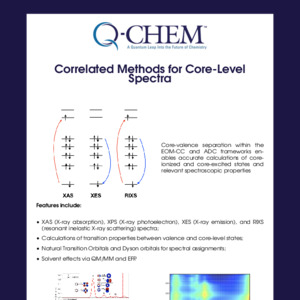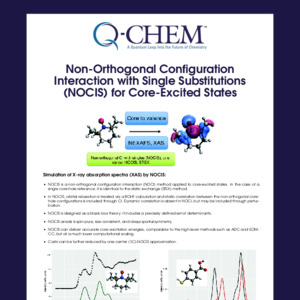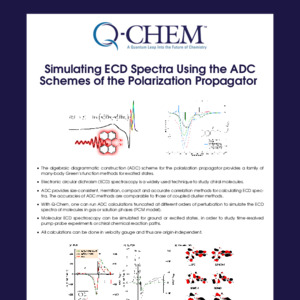Q-Chem Webinar 77
A New Parameterization of the DFT/CIS Method with Applications to X-ray Spectroscopy

Aniket Mandal is a PhD candidate in Theoretical Physical Chemistry at The Ohio State University, where he is developing advanced electronic structure methods to investigate strongly correlated systems, with a focus on transition metal oxides. Working under the guidance of Prof. John Herbert, his research applies density functional theory (DFT) and spectroscopy techniques to better understand photochemical processes. Aniket’s contributions have included novel approaches to DFT-based methods for studying excited state phenomena, and his work has been integrated into the Q-Chem software suite. His research has earned him multiple accolades, including the Best Poster Award at the 2023 Midwest Theoretical Chemistry Conference and the Dow Graduate Student Symposium Talk Award in 2024.
Abstract
Time-dependent density functional theory (TD-DFT) within a restricted excitation space is used as an efficient and reasonably accurate means to compute core-level spectra, using only a small subset of the occupied orbitals in what is known as the core/valence separation approximation. TD-DFT generates spectra with accurate relative peak positions, however, TD-DFT using standard exchange-correlation functionals affords core-to-valence excitation energies significantly smaller than experimental values, due in part to TDDFT’s failure to describe Rydberg and charge-transfer excited states. This leads to TD-DFT spectra needing significant scalar shifts to align with experimental spectra.
To avoid these problems, while retaining the favorable scaling of TD-DFT, an empirically-corrected combination of the configuration interaction with single substitutions (CIS) method based on Kohn-Sham orbitals has been implemented, which is known as “DFT/CIS”. This semiempirical approach is well-suited for simulating x-ray spectra, as it contains additional exact exchange over what is already present in the Kohn-Sham functional to model charge-transfer excitations yet retains the parent functionals low-cost description of dynamical election correlation. Static correlation in the excited state, and “many-electron” effects on oscillator strengths, are described by the CI wave function. The use of a fixed set of optimized parameters for a specific functional makes this a black-box method, and we have tested new variants based on range-separated hybrid functionals. The newly-parameterized DFT/CIS approach is applied to simulate x-ray absorption and emission spectra for a variety of systems, primarily at elemental K-edges. Results compare favorably to the best-available ab initio benchmarks.
